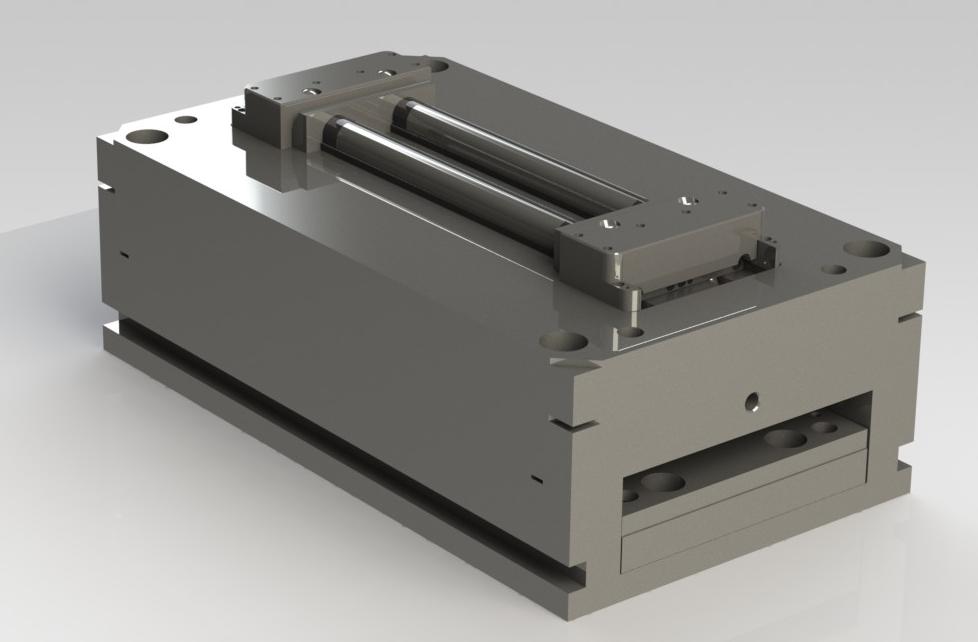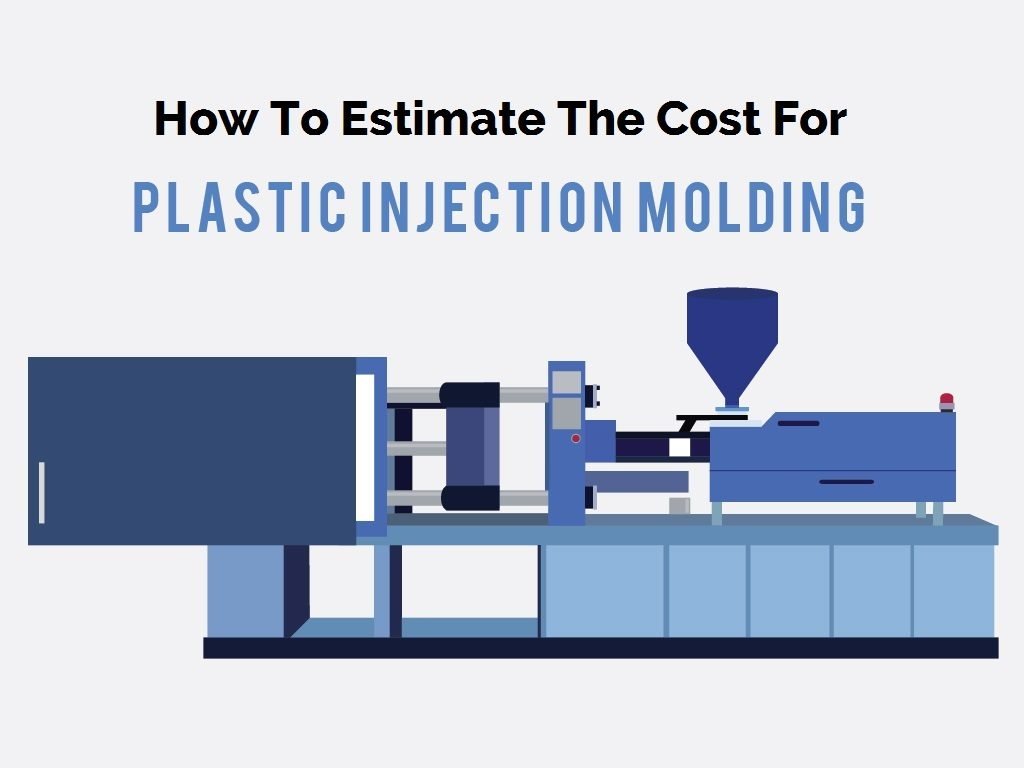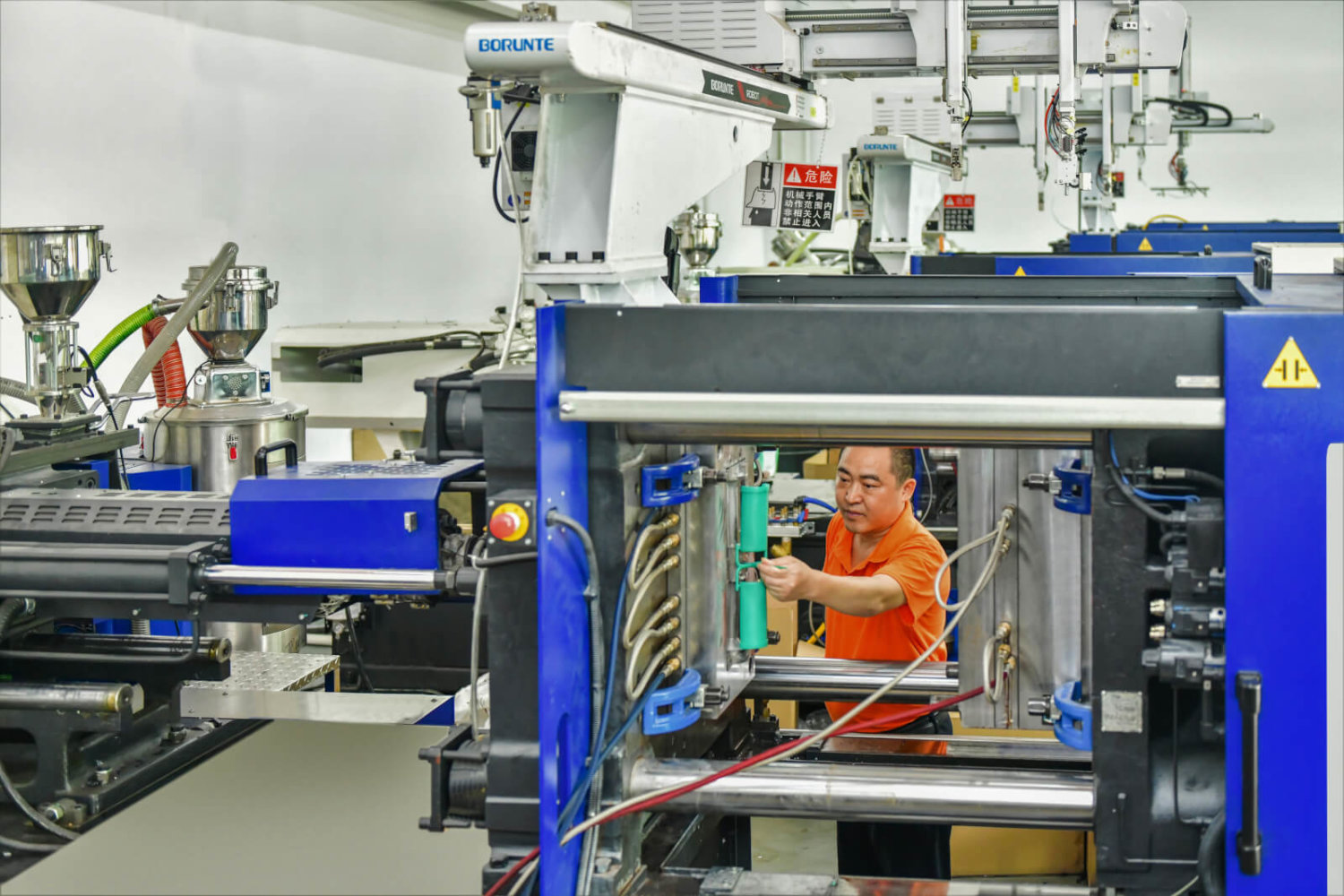The cheapest plastic for injection molding is typically polyethylene (PE) due to its abundance, versatility, and low production cost.

Types of Plastics Used in Injection Molding
When it comes to injection molding, there are several types of plastics that manufacturers commonly use due to their unique properties and applications. Here’s a breakdown of the most frequently used plastics and what sets them apart:
Polyethylene (PE)
Polyethylene is one of the most popular and versatile plastics. With its excellent flexibility and low cost, it’s often used in consumer products, packaging, and toys.
- Properties: Lightweight, strong, chemical resistant.
- Applications: Plastic bags, bottles, toys, and more.
Polypropylene (PP)
Polypropylene is known for its high melting point and durability, making it ideal for food containers that need to withstand hot liquids.
- Properties: Tough, resistant to chemicals, retains shape after bending or flexing.
- Applications: Automotive parts, food containers, and carpeting.
Polystyrene (PS)
Often recognized in its foamed form as Styrofoam, polystyrene is used in a variety of applications from coffee cups to protective packaging.
- Properties: Can be rigid or foamed, easily processed.
- Applications: Coffee cups, packaging material, disposable cutlery.
Polyvinyl Chloride (PVC)
This plastic is best known for its use in plumbing pipes due to its resistance to corrosion and chemical leaching.
- Properties: Strong, lightweight, resistant to oils, chemicals, and moisture.
- Applications: Pipes, doors, windows, and cable insulation.
Polyethylene Terephthalate (PET)
A common plastic for bottles and containers, PET is known for its clarity and strength.
- Properties: Clear, strong, lightweight.
- Applications: Bottles for beverages, salad dressings, and other packaging.
Factors Determining the Cost of Plastics
The cost of plastics is influenced by a multitude of factors. Understanding these elements is crucial for manufacturers, retailers, and even consumers. Below are some of the key determinants:
Raw Material Prices
The initial price of raw materials plays a significant role in the final cost of plastics. These materials may include natural resources, chemicals, and additives.
- Influences: Fluctuations in oil prices, availability of natural resources, and geopolitical tensions can directly impact raw material costs.
Processing Requirements
The more complex the process of turning raw materials into final plastic products, the higher the cost.
- Factors: Energy consumption, machinery costs, labor costs, and technological advancements in processing.
- Learn more about Plastic Processing on Wikipedia
Demand and Supply Dynamics
The basic economic principle of demand and supply can greatly influence the price of plastics.
- Demand Factors: Growing industries such as automotive or electronics may drive up the demand for certain plastics.
- Supply Factors: If there’s a limited supply due to manufacturing constraints or geopolitical reasons, prices can soar.

Environmental and Sustainability Concerns
The global push towards sustainability is affecting the plastic industry. Plastics that are environmentally friendly or easier to recycle can be more expensive due to the technology and processes involved.
- Factors: Recycling capabilities, biodegradability, and the impact of production on the environment.
- Regulations: Stricter environmental regulations can drive up costs, especially for non-compliant plastics.
Advantages of Using Cheaper Plastics
The use of cheaper plastics in various industries presents numerous advantages. While quality and durability are paramount considerations, the economic benefits of these plastics can be significant for both manufacturers and consumers. Here’s a detailed look at these advantages:
Cost Savings for Manufacturers
Manufacturers often look for ways to cut costs without compromising the quality of the product. Using cheaper plastics can often be the solution.
- Bulk Purchase: Lower prices mean that manufacturers can buy in bulk without straining their budgets.
- Production Efficiency: Less expensive plastics may melt or mold quicker, leading to faster production rates.
Competitive Product Pricing
End products made from cheaper plastics can be priced more competitively in the market, leading to potentially higher sales.
- Market Share: Lower-priced products can capture a larger market share, especially in price-sensitive markets.
- Consumer Attraction: Customers are always looking for value for money. If two products offer similar quality but one is cheaper due to cost-effective plastic use, consumers might gravitate towards it.

Faster Return on Investment (ROI)
For businesses, ROI is a significant metric. Using cheaper plastics can lead to faster ROI due to the reduced initial investment.
- Quick Break-even: Lower manufacturing costs can lead to a quicker break-even point for businesses.
- Profit Margins: Even if the final product’s selling price remains unchanged, the use of cheaper plastics can result in higher profit margins.
Environmental and Sustainability Considerations
When selecting plastics, especially cheaper varieties, it’s crucial to consider the environmental and sustainability implications. Here’s a breakdown of these aspects:
Recycling of Cheaper Plastics
Cheaper plastics like polyethylene (PE) and polypropylene (PP) are recyclable. However, the rate at which they are recycled varies by region. Recycling reduces waste in landfills and conserves resources.
- Advantages: Reuses waste material, reduces the need for virgin plastics, and conserves energy.
- Challenges: Not all cheaper plastics are easily recyclable. Collection, sorting, and recycling infrastructure play a significant role in their recycling rates.
Biodegradable Options
Some plastics, though not always the cheapest, are biodegradable. These break down faster than conventional plastics, reducing environmental harm.
- Advantages: Reduces long-term environmental impact as these plastics decompose faster than non-biodegradable options.
- Challenges: Biodegradable plastics may require specific conditions to degrade. They might also be more expensive to produce.
Impact on Carbon Footprint
The production, usage, and disposal of plastics contribute to greenhouse gas emissions. Cheaper plastics might have a larger carbon footprint due to mass production.
- Advantages: Using recycled plastics or those with a lower carbon footprint can reduce the overall environmental impact.
- Challenges: Mass production and the energy-intensive processes of cheaper plastics can contribute significantly to carbon emissions.




